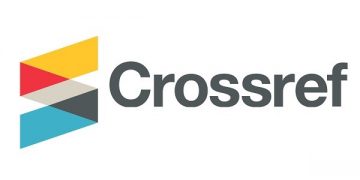Elastisitas Pendapatan dan Pola Konsumsi Rumah Tangga: Studi pada Masyarakat Perkotaan Menengah
DOI:
https://doi.org/10.61722/jaem.v2i2.5124Keywords:
Income Elasticity, Household Consumption, Luxury Goods, Urban Middle ClassAbstract
This study aims to explore the relationship between income and household consumption patterns among urban middle-class families. Using secondary data from Indonesia’s Central Bureau of Statistics (BPS) for 2022–2023, the research analyzes income elasticity across four categories: rice, clothing, dining out, and vacations. The results classify rice and clothing as normal goods, while dining out and vacations are identified as luxury goods. These findings align with Engel’s Law, indicating a shift in consumption from basic needs to lifestyle and leisure as income increases. The study provides useful insights for businesses and policymakers in designing strategies tailored to urban middle-class consumer behavior.
References
Badan Pusat Statistik (BPS). (2022). Pengeluaran untuk Konsumsi Penduduk Indonesia per Kapita menurut Provinsi. Jakarta: BPS RI.
Badan Pusat Statistik (BPS). (2023). Susenas: Statistik Konsumsi dan Pendapatan Rumah Tangga. Jakarta: BPS RI.
Case, K. E., Fair, R. C., & Oster, S. M. (2017). Principles of Economics (12th ed.). Boston: Pearson.
Dornbusch, R., Fischer, S., & Startz, R. (2014). Macroeconomics (12th ed.). New York: McGraw-Hill Education.
Engel, E. (1857). Die Produktions- und Consumtionsverhältnisse des Königreichs Sachsen. Statistische Zeitschrift, 8, 1–54.
Mankiw, N. G. (2018). Principles of Economics (8th ed.). Boston: Cengage Learning.
Putri, R. N., & Haryanto, T. (2020). Pengaruh Pendapatan terhadap Konsumsi Rumah Tangga di Indonesia. Jurnal Ekonomi dan Studi Pembangunan, 21(2), 155–165.
Samuelson, P. A., & Nordhaus, W. D. (2001). Economics (17th ed.). New York: McGraw-Hill.
Sadoulet, E., & de Janvry, A. (1995). Quantitative Development Policy Analysis. Baltimore: Johns Hopkins University Press.
Sukirno, S. (2016). Pengantar Teori Mikroekonomi (Edisi Ketiga). Jakarta: Rajawali Pers.
Todaro, M. P., & Smith, S. C. (2015). Economic Development (12th ed.). Boston: Pearson Education.













